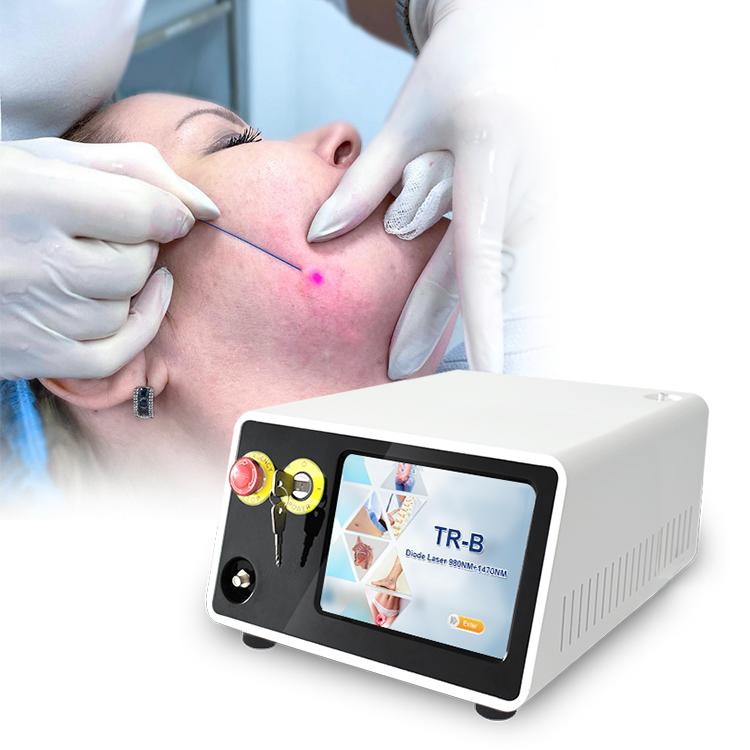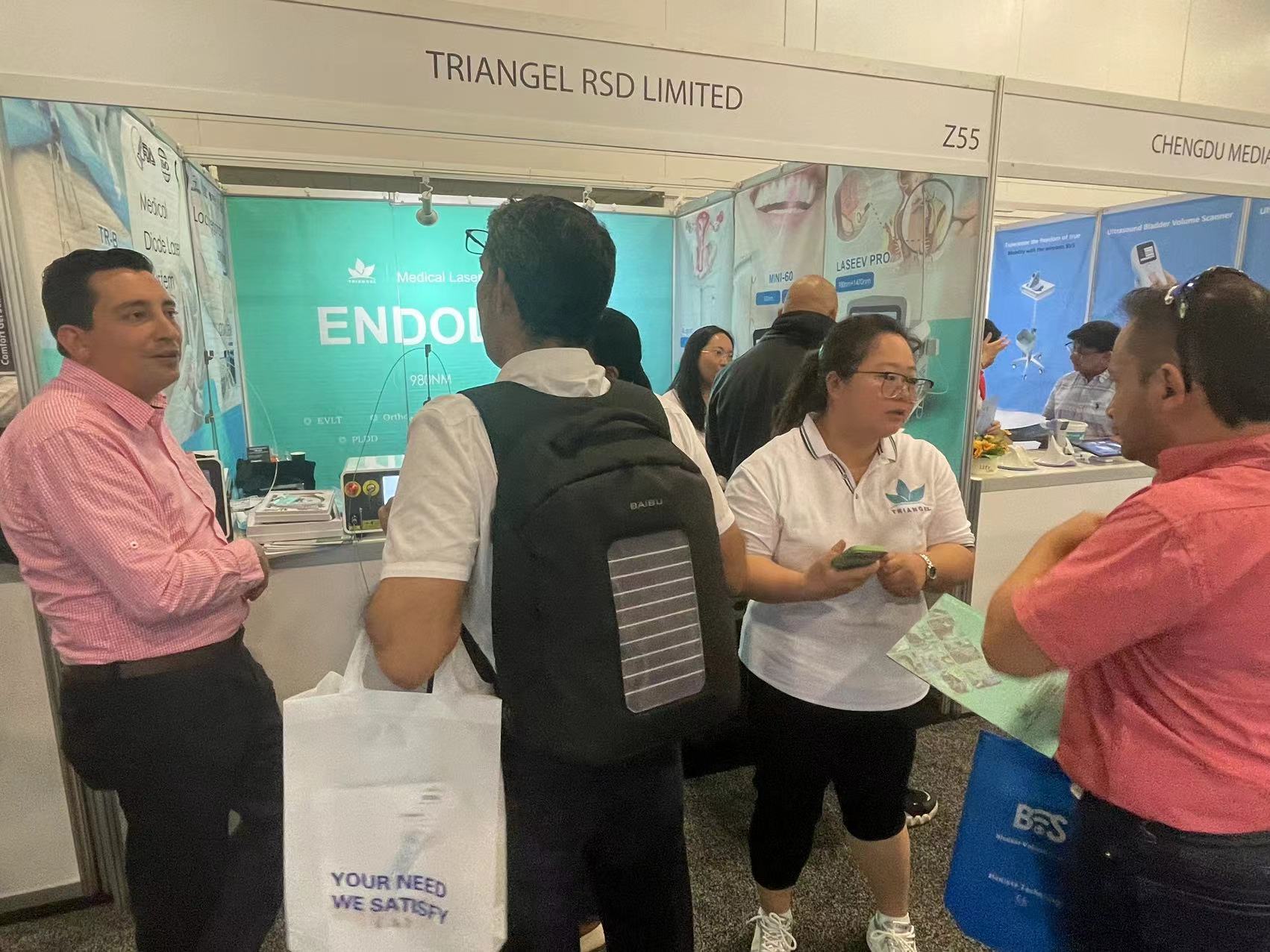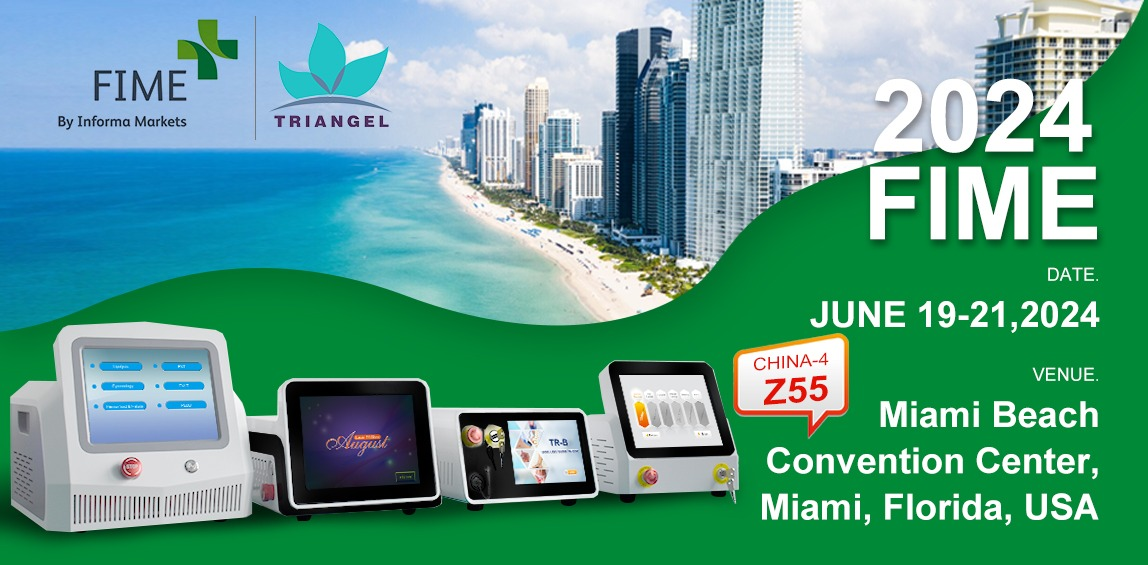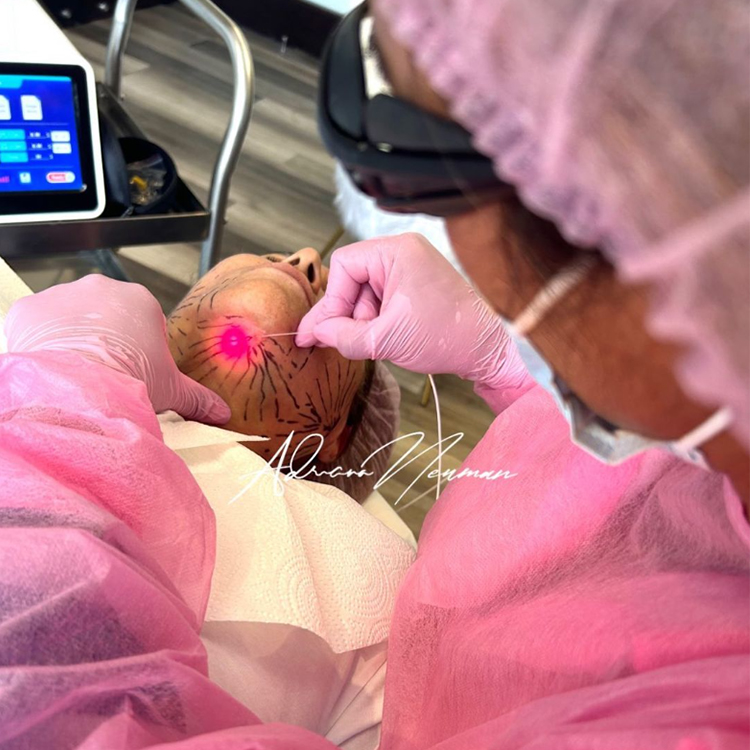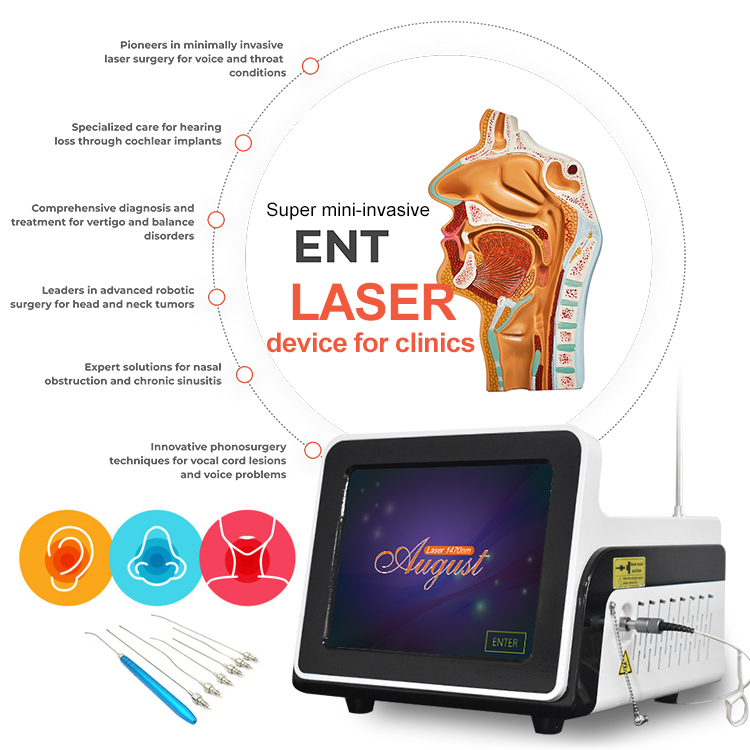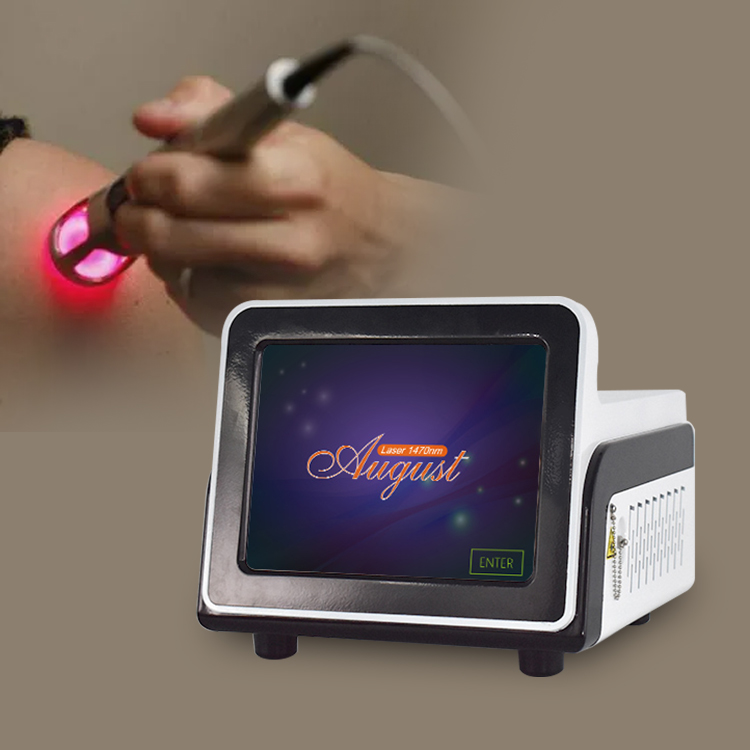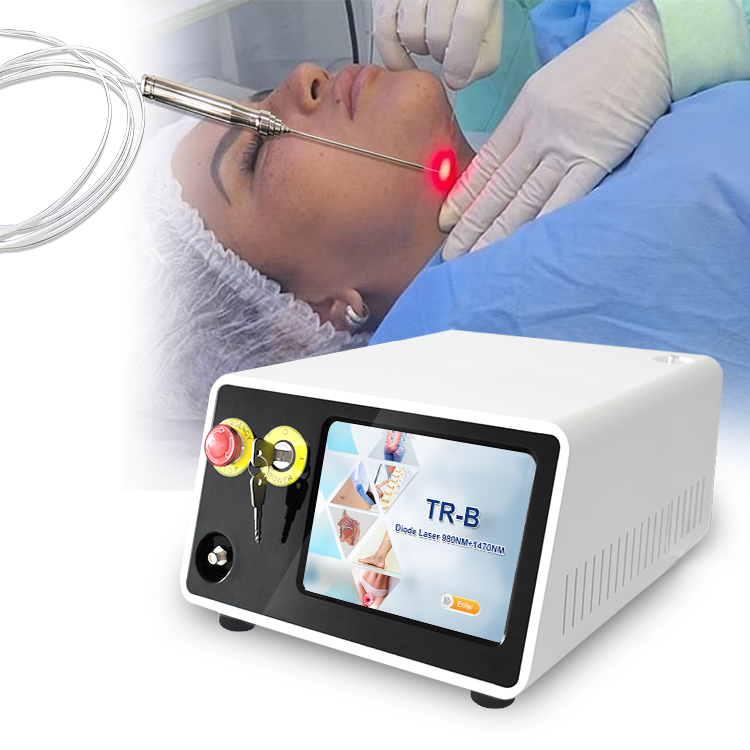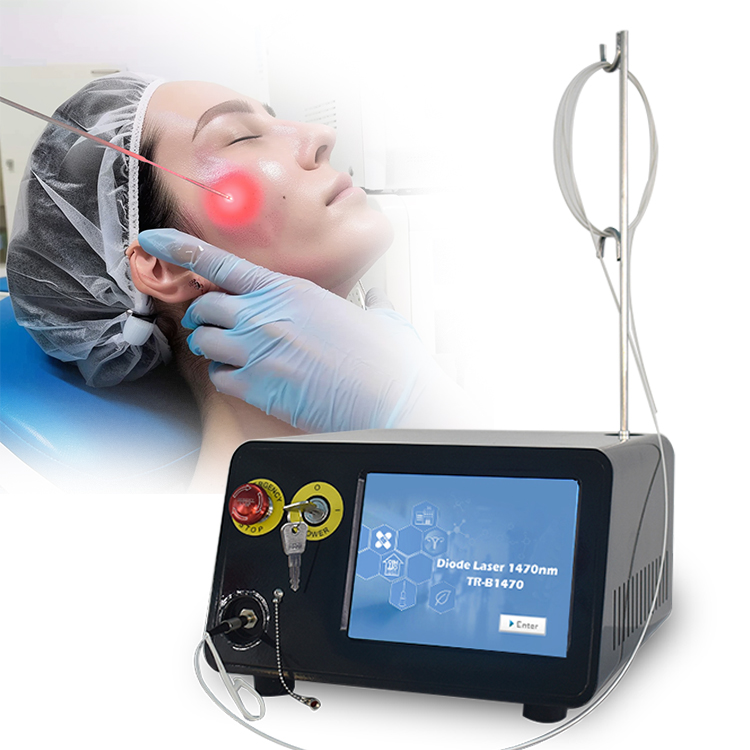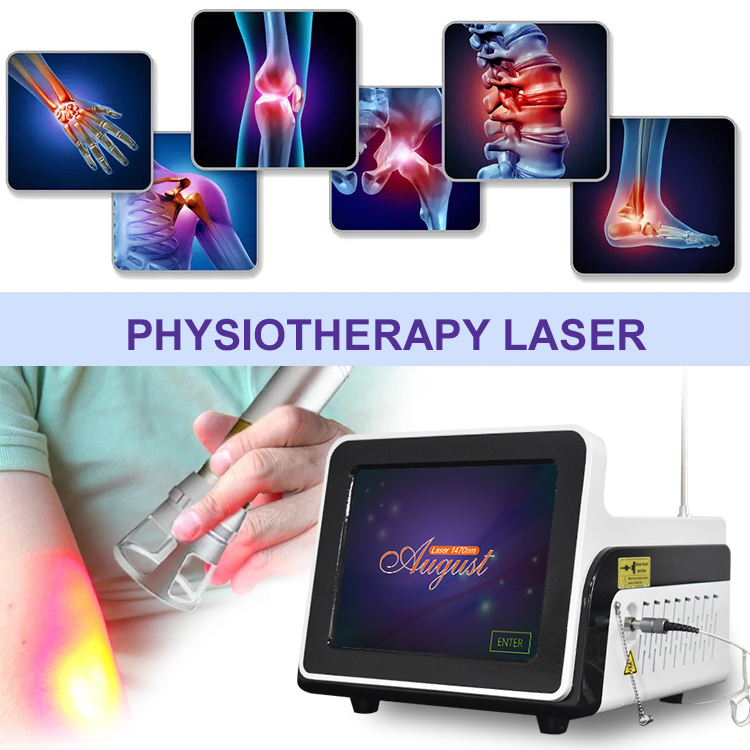New Technologies for Facial Lifting and Skin Tightening
Facial lifting and skin tightening procedures have advanced significantly, offering a range of options tailored to individual needs and preferences. Two popular technologies often compared are Ultherapy and traditional facelift surgery, as well as Facelift versus FaceTite. Here's a refined comparison:
Ultherapy vs. Traditional Facelift:
Ultherapy is a groundbreaking non-invasive approach leveraging micro-focused ultrasound with visualization (MFU-V) technology. By penetrating deep into the skin layers, it jumpstarts collagen production, leading to a natural lift and contouring effect on the face, neck, and décolletage. This method is ideal for those seeking subtle enhancements without downtime. However, its results, typically lasting around 12 months, are more temporary compared to a facelift, which can provide a more dramatic transformation lasting from 3 to 10 years. A facelift is a surgical procedure addressing multiple facial areas comprehensively but involves incisions, anesthesia, and a more extensive recovery period.

Facelift vs. FaceTite:
FaceTite presents an innovative minimally-invasive alternative, harnessing radio-frequency (RF) energy to tighten skin and diminish minor fatty deposits in the facial and neck regions. Performed through tiny incisions under local anesthesia, FaceTite offers noticeable tightening effects, particularly notable along the jawline, where many experts agree it excels. Nevertheless, it entails a more extended recovery period than non-invasive treatments and is less versatile in treating diverse facial areas like malar bags, unlike the broad applicability of laser-based facelift technologies. While FaceTite may necessitate some downtime, it provides a middle ground between non-invasive options and full surgical intervention, striking a balance between invasiveness and efficacy.
In summary, each technology—Ultherapy, traditional facelift, and FaceTite—has its unique strengths, suited to different patient profiles and goals. Choosing the right treatment depends on personal preferences, the degree of correction desired, tolerance for downtime, and the specific areas one wishes to address. Consulting with a qualified cosmetic professional is crucial to determine the most appropriate course of action for achieving your aesthetic objectives.



 +8618931273229
+8618931273229 director@tazlaser.com
director@tazlaser.com 0086-18931273229
0086-18931273229

